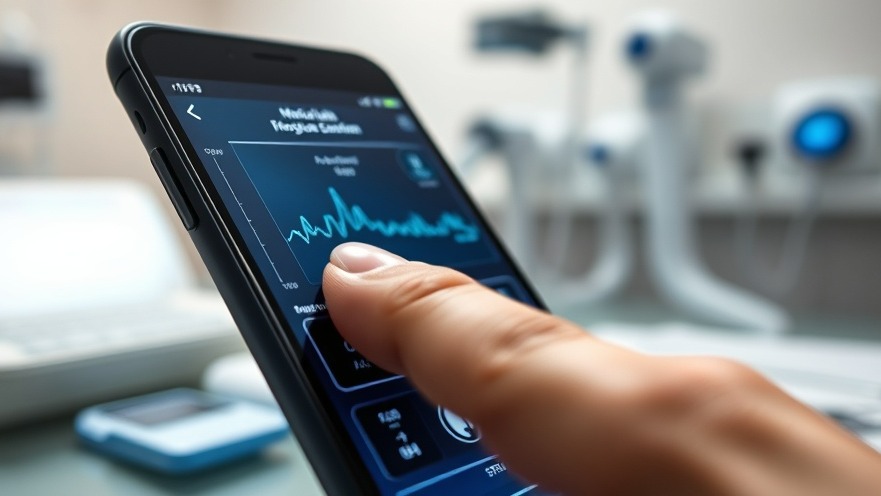
How Smartphones Are Revolutionizing Medical Device Accuracy
In a pioneering study conducted by researchers at Brown University and Morgan State University, the potential of smartphones to significantly enhance the accuracy of medical devices has come to light. With pulse oximeters commonly used in hospitals and their notorious inaccuracies among patients with darker skin tones, this research unveils a promising solution that leverages the technology most people carry in their pockets: smartphones.
A Critical Look at Conventional Devices
Pulse oximeters have become a standard tool in measuring oxygen saturation levels in the blood. However, studies have shown that these devices can overestimate oxygen levels for individuals with darker skin, resulting in a risk of missed diagnoses and delayed treatment. The key issue stems from how these devices operate—light absorption varies depending on pigmentation, yet skin tone is often used as a rough proxy for diagnosis. The alarming truth is that race is rarely measured accurately in clinical settings, which can lead to misinformed clinical decisions.
The Promise of Smartphone Technology in Healthcare
The breakthrough presented by the researchers involves using smartphone cameras to measure skin tone objectively. By capturing images of the skin and applying a specialized algorithm, they utilized a standard color metric known as the individual typology angle (ITA). This method not only aligns closely with professional-grade colorimeters used in laboratories but does so with technology that is readily accessible to both clinicians and patients.
Real-World Implications for Health Practitioners
The results reported in the journal Biophotonics Discovery are indeed promising—smartphone readings closely match those of high-end devices when taken under controlled conditions. For health practitioners, this means a potentially easier and more cost-effective way to ensure accurate readings for all patients, independent of skin tone. The researchers provided straightforward guidelines for implementing this technology in clinical environments, such as avoiding measurements over tattoos or scars, turning off automatic camera features, and maintaining a consistent distance from the skin.
Future Predictions: What This Means for Healthcare
If this smartphone-based approach gains further validation in larger, real-world studies, it could signal a pivotal change in how healthcare providers address disparities in medical tool accuracy. The implications are far-reaching—patients may experience quicker diagnosis, more precise treatment plans, and a more equitable healthcare system overall. Given the exponential growth and integration of digital health technologies, this innovation could place medical practitioners at the forefront of revolutionizing patient care.
Counterarguments: Challenges and Considerations
While the advantages of using smartphones in enhancing medical device accuracy are evident, there remain challenges that warrant attention. Firstly, the initial study’s limitations stem from its small sample size and non-clinical testing environment. Critics may argue that these factors could undermine the reliability of the findings. Therefore, ongoing research and development are crucial measures to ensure this technology is suitable for widespread clinical adoption.
Guidelines for Implementation in Practice
For concierge health practitioners eager to implement this innovation, considering proper guidelines is essential. Factors such as lighting conditions and camera settings can significantly impact accuracy, and it’s important to develop standardized protocols that ensure consistency. As technology continues to evolve, practitioners should remain abreast of current research and adapt their practices accordingly.
Final Thoughts: A Call for Action
The applicability of smartphone technology for accurate skin-tone readings marks a crucial step toward reducing bias in medical diagnostics. As healthcare providers, embracing such innovations can pave the way for improved, equitable care for all demographics. It is pivotal to advocate for this technology implementation within clinical settings to ensure a shift towards more precise healthcare solutions.
Stay connected with emerging trends and further insights into how technology is shaping patient care. Consider integrating smartphone technology into your practice protocols, and engage with fellow practitioners to share strategies on improving accuracy in medical diagnostics.
 Add Row
Add Row  Add
Add 




Write A Comment